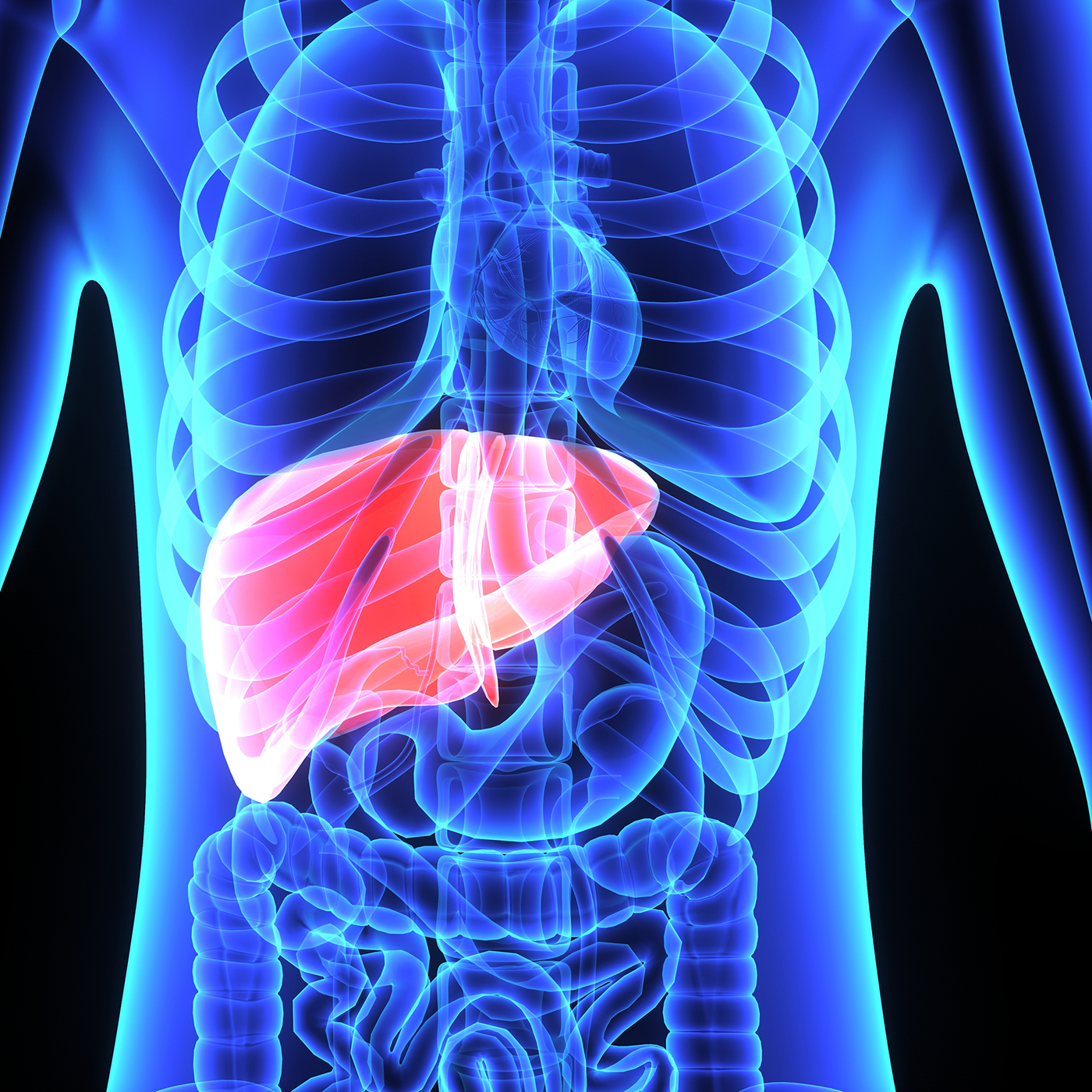Poxel taking two shots at NASH as pharma waits on FDA's OCA verdict

Intercept’s obeticholic acid (OCA) is under review in the potentially lucrative fatty liver disease non-alcoholic steatohepatitis (NASH), making it a potential first-to-market drug in the indication – but there are plenty of other contenders who hope to muscle in on this likely multi-billion dollar market too.
One of the smaller players is the French biotech Poxel, but the company’s management told those attending the Jefferies London Healthcare Conference that the firm intends to keep a watching brief on how some of the bigger companies fare.
Noah Beerman, president of US operations, said the plan is to use experiences from Intercept to develop two NASH-targeting drugs in the pipeline, including a version of the established diabetes drug pioglitazone that it thinks could have a significant advantage in terms of efficacy.
The first drug highlighted by Beerman at Jefferies was PXL770, a mid-stage compound that works by activating adenosine monophosphate-activated protein kinase.
It is a master regulator of cellular energy that Beerman said could be used in several metabolic diseases including NASH.
Poxel’s other NASH drug is PXL065 – the right-handed or “R” configuration of pioglitazone that seems to lack the side effects associated with the “S” left-handed version, such as weight gain, bone fractures and fluid retention.
The French biotech says it has patent protected this version of pioglitazone, which is stabilised by the addition of a deuterium atom.
According to Beerman, clinical development can also be slimmed down thanks to an FDA pathway dedicated to drugs that are stereoisomers of previously approved drugs.
Beerman said: “We are able to bridge to the data package of the approved drug. It is a massive amount of data that you can bridge to. It is time and risk that we have taken off the table.”
A phase 2 trial is due to begin next year, which will inform dosing in a single phase 3 trial that will use the same endpoints seen in NASH trials so far and will likely include a weight gain assessment.
Assessing the packed pipeline of pharma drugs, Beerman said that he expected the condition to be treated using several drugs at once, and added that PXL065 or PXL770 are likely to be used as part of a cocktail of therapies.
The experiences of Intercept and other NASH-focused pharmas will also help to inform decision making when it comes to clinical development, said Beerman.
“We have the benefit of learning from what will happen between now and then (phase 3 development),” said Beerman.











